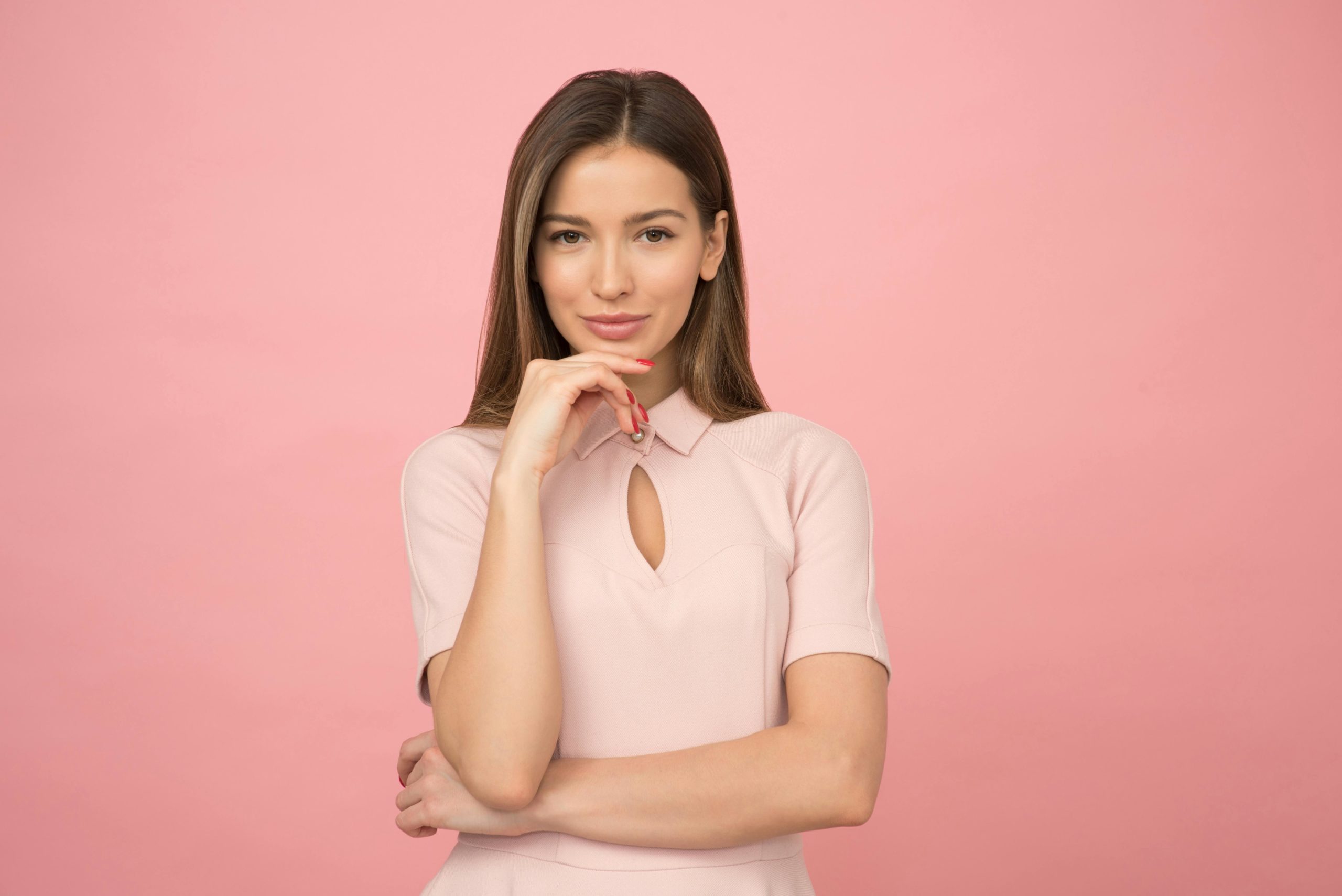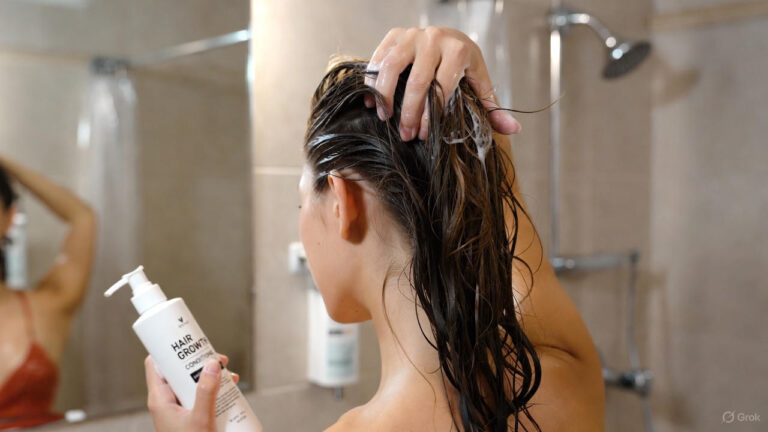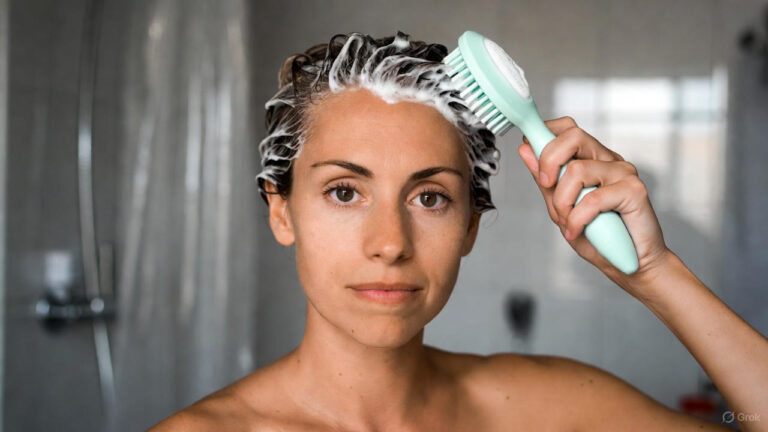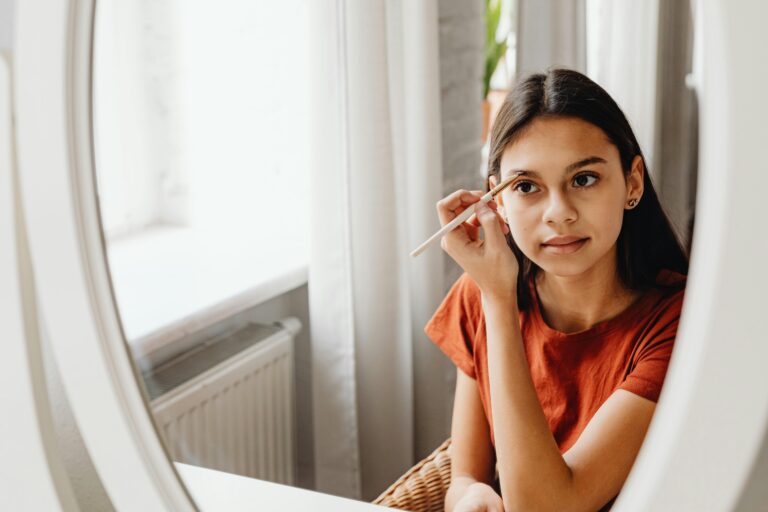Beauty standards have always been a reflection of the values, beliefs, and cultural norms of society at any given time. Throughout history, the definition of beauty has advanced dramatically, influenced by factors such as religion, politics, art, and technology.
From the voluptuous figures of ancient goddesses to the waif-like ideal of the modern fashion industry, beauty standards have shaped how individuals perceive themselves and others.
In this article, we will explore the impact of beauty standards in different eras, examining how they have influenced society, culture, and individual self-perception.
Ancient Civilizations: Beauty as Divine Symmetry
In ancient civilizations such as Egypt, Mesopotamia, and Greece, beauty was often associated with divine symmetry and perfection. In ancient Egypt, for example, both men and women adorned themselves with elaborate cosmetics and jewelry to emulate the beauty of the gods and goddesses.
The idealized female form was represented by the goddess Isis, who was depicted with a slender waist, full hips, and a voluptuous bust—a stark contrast to the waif-like ideal of later centuries.
In ancient Greece, beauty was celebrated as a manifestation of harmony and balance, with statues and paintings depicting idealized human forms that adhered to strict mathematical proportions.
The concept of kalokagathia, or “beautiful goodness,” encompassed not only physical beauty but also moral and intellectual excellence—a testament to the holistic nature of ancient Greek ideals of beauty.
Medieval Europe: Beauty as a Sign of Virtue
During the Middle Ages, beauty was often viewed as a reflection of inner virtue and piety, with pale skin, rosy cheeks, and long, flowing hair being prized attributes. The fair complexion was associated with nobility and wealth, as it indicated a life of leisure and luxury spent indoors away from manual labor.
Women often used cosmetics such as lead-based white face powder to achieve a porcelain-like complexion, despite the health risks associated with such practices.
The concept of courtly love also played a significant role in shaping beauty standards during the Middle Ages, with chivalric romances and troubadour poetry idealizing the beauty and purity of noble women. Long, flowing hair and delicate features were seen as symbols of femininity and refinement, while modesty and chastity were valued virtues.
Renaissance: Beauty as an Expression of Wealth and Status
The Renaissance period marked a resurgence of interest in classical art and culture, leading to a renewed emphasis on beauty and aesthetics. Beauty during the Renaissance was often equated with wealth and status, with pale skin, high foreheads, and symmetrical features being prized attributes.
Women used cosmetics such as lead-based face powder and belladonna eye drops to achieve the desired look, despite the potential health risks.
Portraiture became increasingly popular during the Renaissance, providing a platform for wealthy patrons to showcase their beauty and social status.
Artists such as Leonardo da Vinci and Raphael depicted idealized versions of their subjects, emphasizing their physical beauty and refinement. Beauty became not only a sign of individual virtue but also a marker of social standing and cultural sophistication.
Victorian Era: Beauty as a Symbol of Morality and Virtue
The Victorian era was characterized by rigid social norms and strict gender roles, which heavily influenced beauty standards at the time. Women were expected to embody the virtues of modesty, piety, and domesticity, with pale skin, rosy cheeks, and a slender waist being prized attributes. Corsets were worn to achieve the coveted hourglass figure, despite the physical discomfort and health risks associated with tight-lacing.
The cult of domesticity also played a significant role in shaping beauty standards during the Victorian era, with women idealized as angelic beings whose primary role was to nurture and support their families.
Beauty was often equated with moral purity and virtue, with women who conformed to societal expectations being lauded as paragons of femininity and grace.
20th Century: Beauty as Liberation and Empowerment
The 20th century saw dramatic shifts in beauty standards, fueled by social and cultural movements such as feminism, civil rights, and the sexual revolution.
The flapper aesthetic of the 1920s celebrated independence and liberation, with women rejecting traditional notions of femininity in favor of a more androgynous and free-spirited look. Short hair, minimal makeup, and boyish silhouettes became fashionable, challenging conventional ideas of beauty and gender roles.
The post-war era of the 1950s saw a return to more traditional beauty standards, with an emphasis on feminine curves and glamour. Hollywood icons such as Marilyn Monroe and Audrey Hepburn epitomized the ideal of feminine beauty, with hourglass figures, flawless skin, and coiffed hair becoming aspirational goals for women around the world.
21st Century: Beauty as Diversity and Inclusivity
In the 21st century, beauty standards have become increasingly diverse and inclusive, reflecting the changing demographics and cultural landscape of society. The rise of social media and digital technology has democratized beauty, allowing individuals from all backgrounds to share their unique perspectives and experiences.
The body positivity movement, in particular, has gained traction in recent years, challenging narrow standards of beauty and promoting acceptance and appreciation of diverse body types and appearances. Models and influencers of all shapes, sizes, and ethnicities are now celebrated for their individuality and authenticity, inspiring others to embrace their own unique beauty.
Conclusion
Beauty standards have always been a reflection of the values, beliefs, and cultural norms of society at any given time. From ancient civilizations to modern times, the definition of beauty has advanced dramatically, influenced by factors such as religion, politics, art, and technology. Despite the ever-changing nature of beauty standards, one thing remains constant: the profound impact they have on society, culture, and individual self-perception.
FAQs
Q1: Have beauty standards always been the same throughout history?
Beauty standards have advanced significantly throughout history, influenced by factors such as culture, religion, politics, and technology. What is considered beautiful in one era may be comprehensively different from another.
Q2: How do beauty standards impact society?
Beauty standards can have a profound impact on society, shaping social norms, cultural values, and individual self-perception. They can influence everything from advertising and media representation to personal relationships and career opportunities.
Q3: Are beauty standards the same across different cultures?
While there may be some universal ideals of beauty, such as symmetry and youthfulness, beauty standards can vary significantly across different cultures and societies. What is considered beautiful in one culture may be perceived differently in another.
Q4: How do beauty standards affect mental health?
For some individuals, the pressure to conform to unrealistic beauty standards can lead to feelings of inadequacy, low self-esteem, and body dissatisfaction. It can also contribute to the development of eating disorders, anxiety, and depression.
Q5: Can beauty standards change over time?
Yes, beauty standards are not static but rather dynamic constructs that change over time in response to various social, cultural, and historical factors. As society changes, so too do our ideals of beauty.



